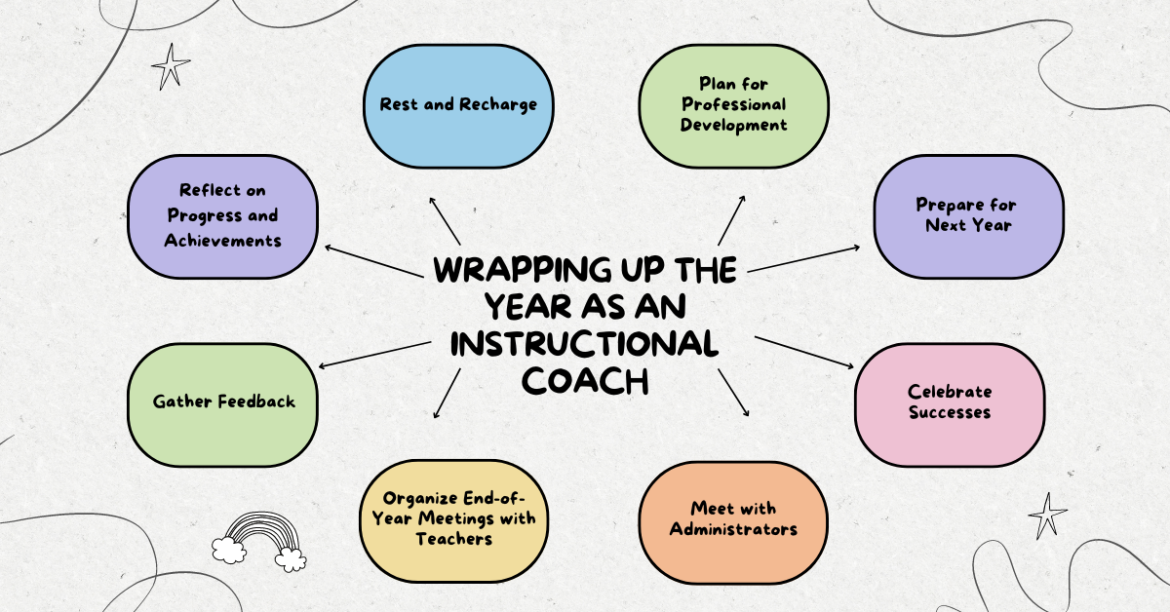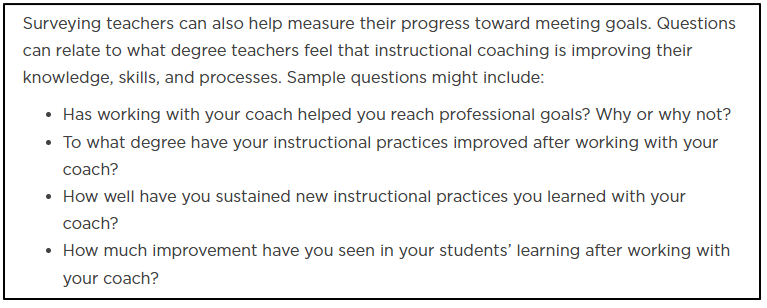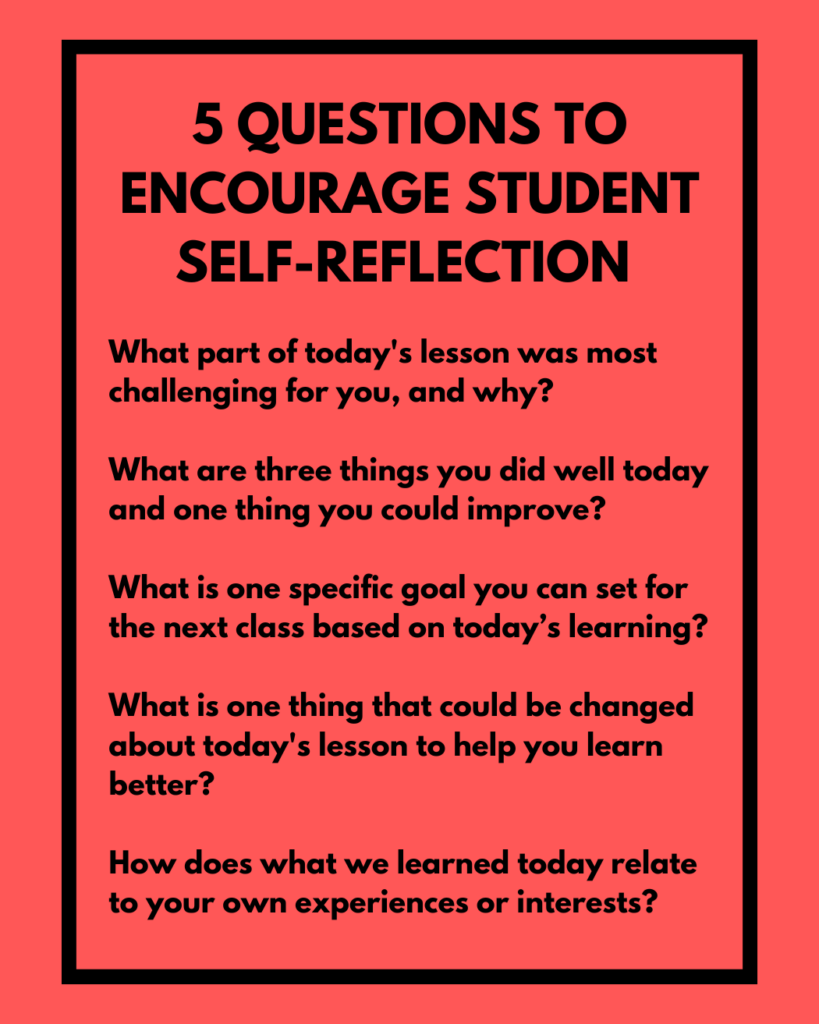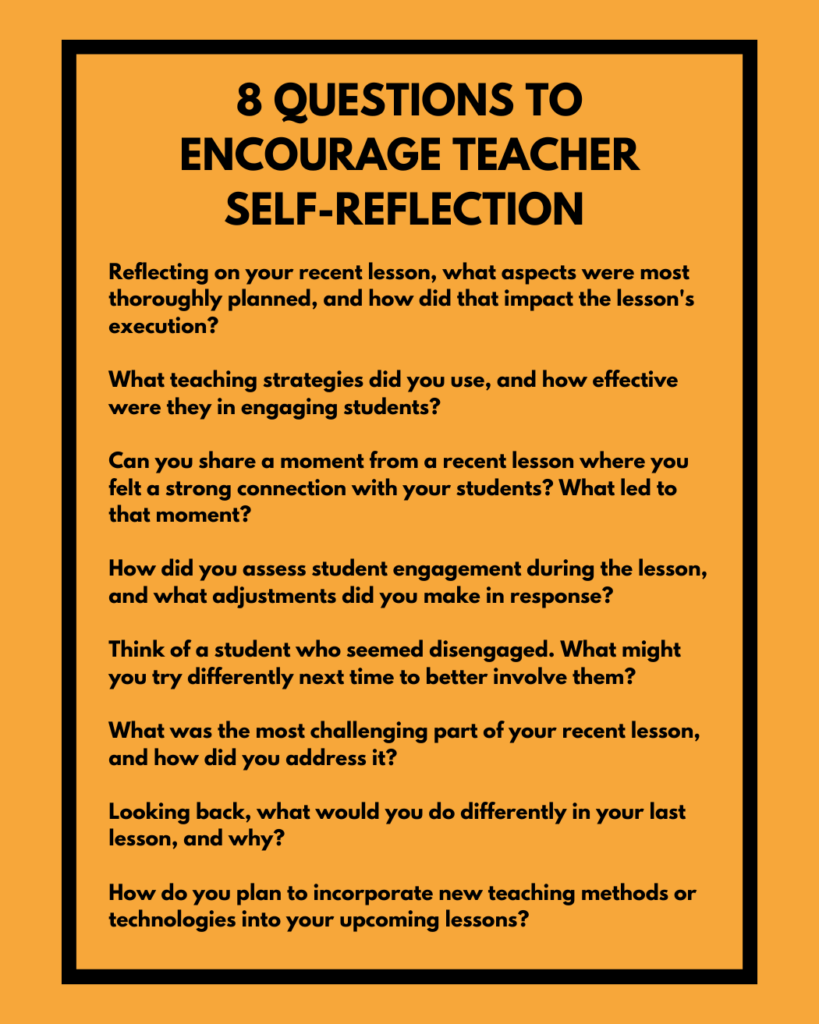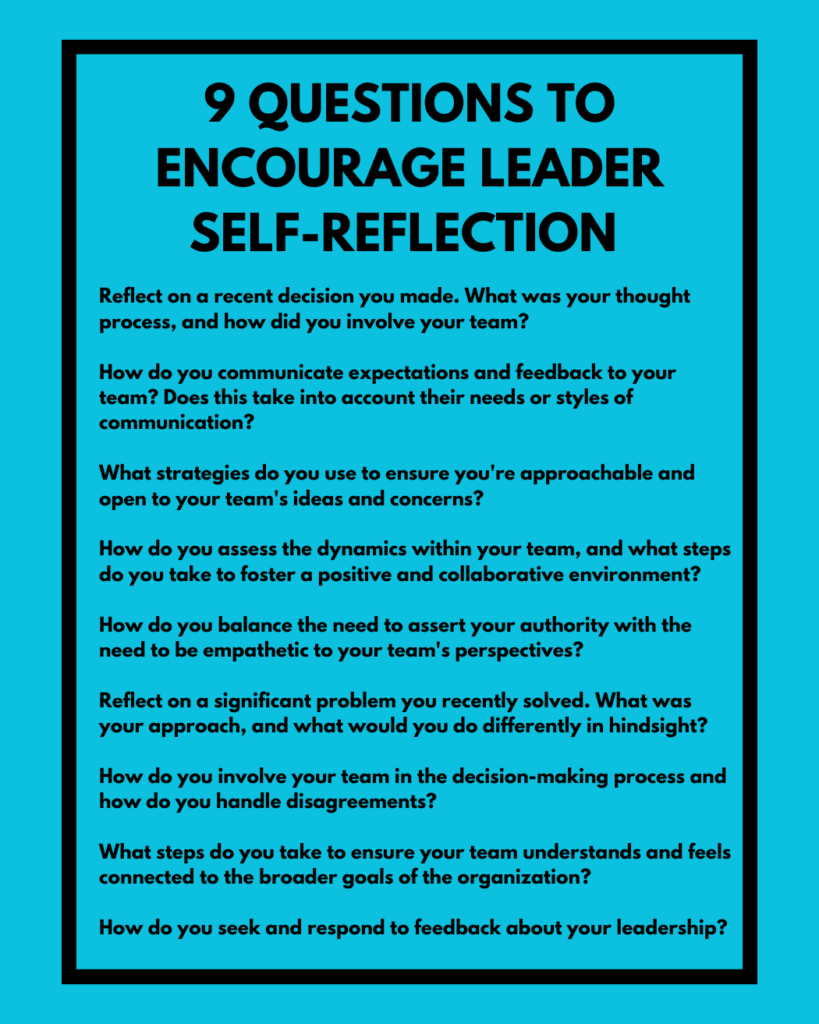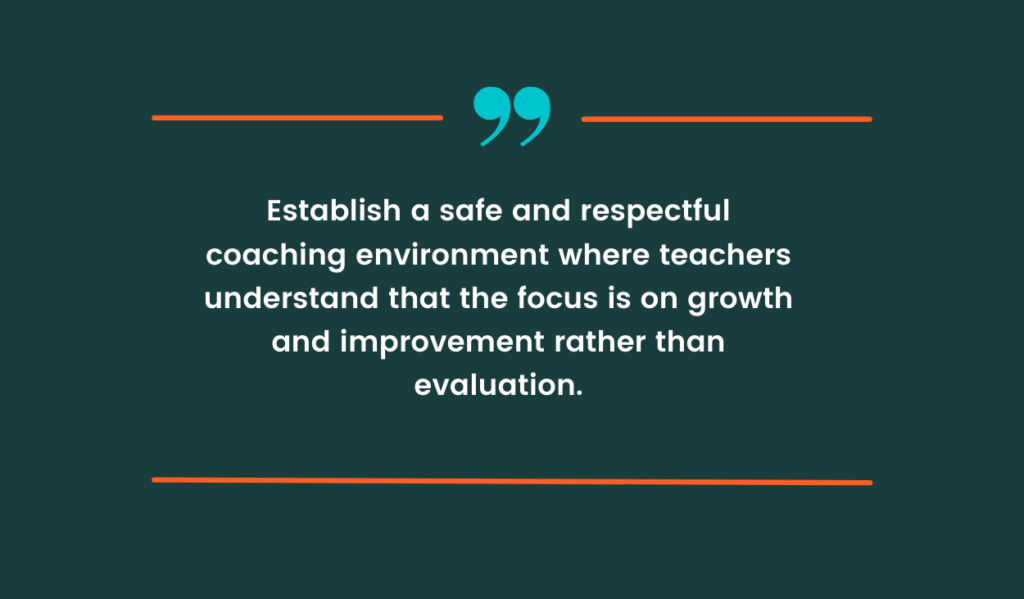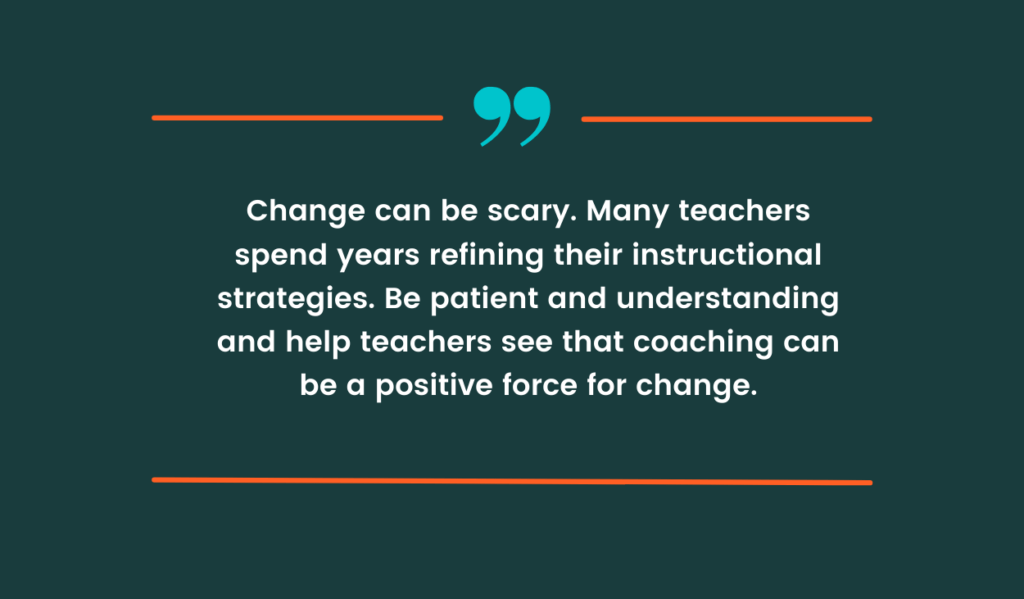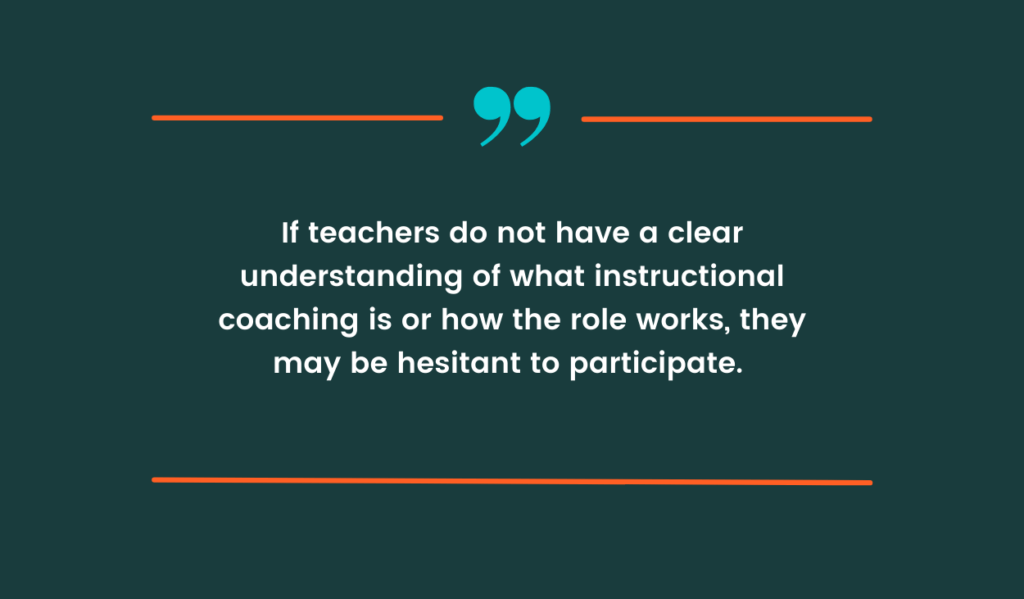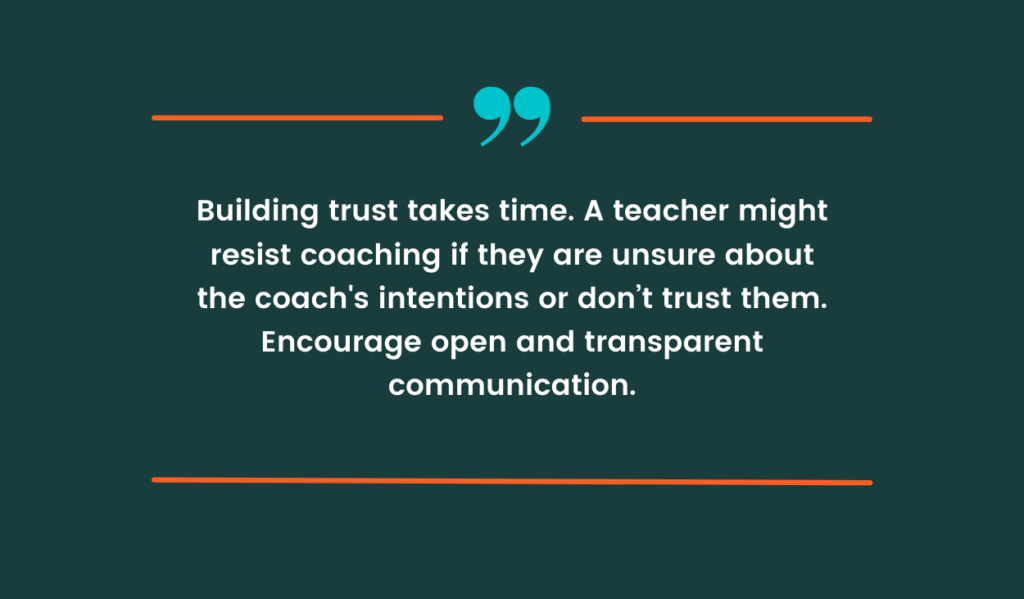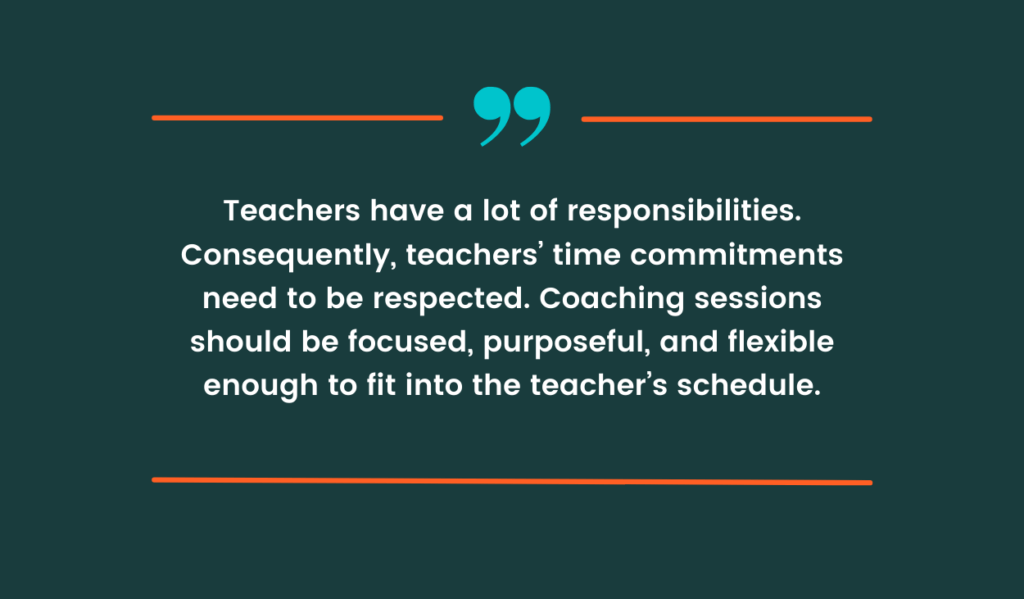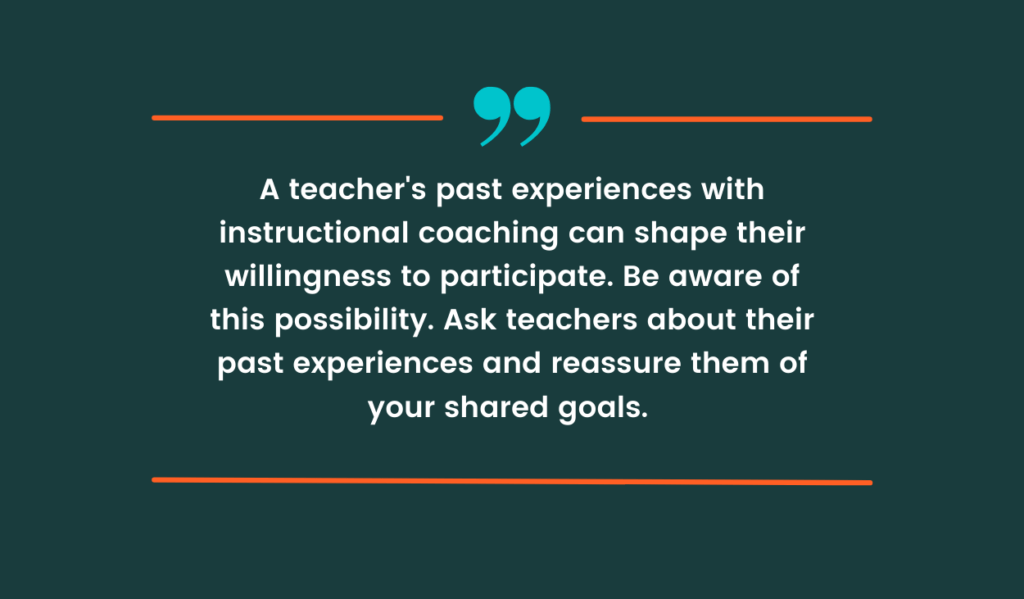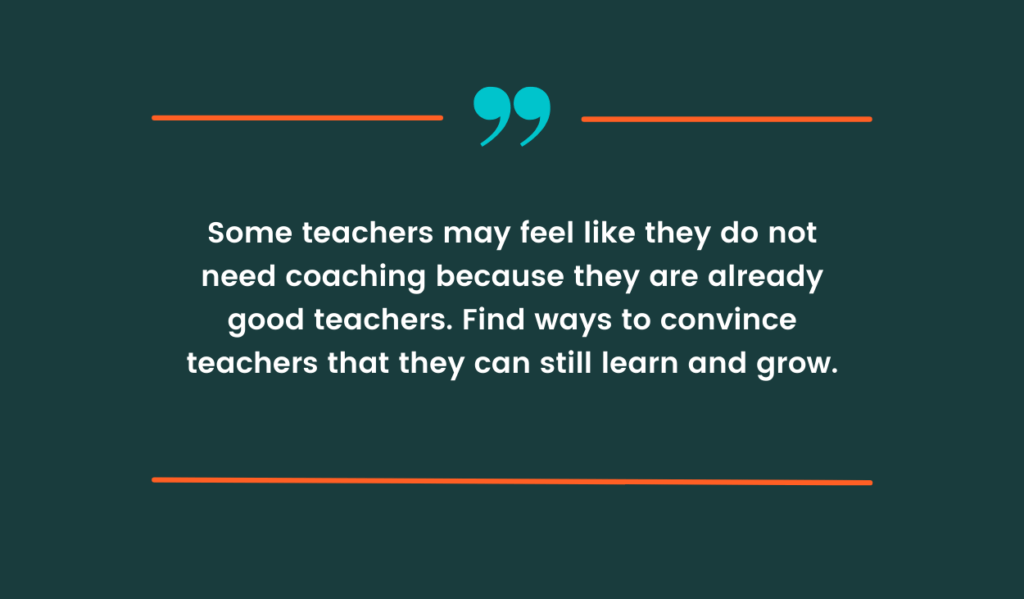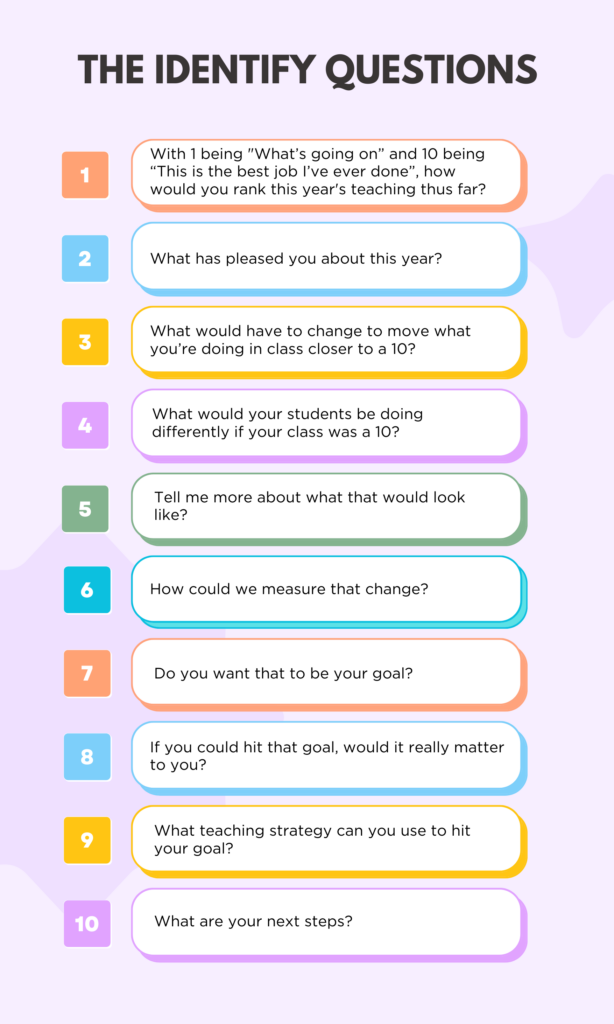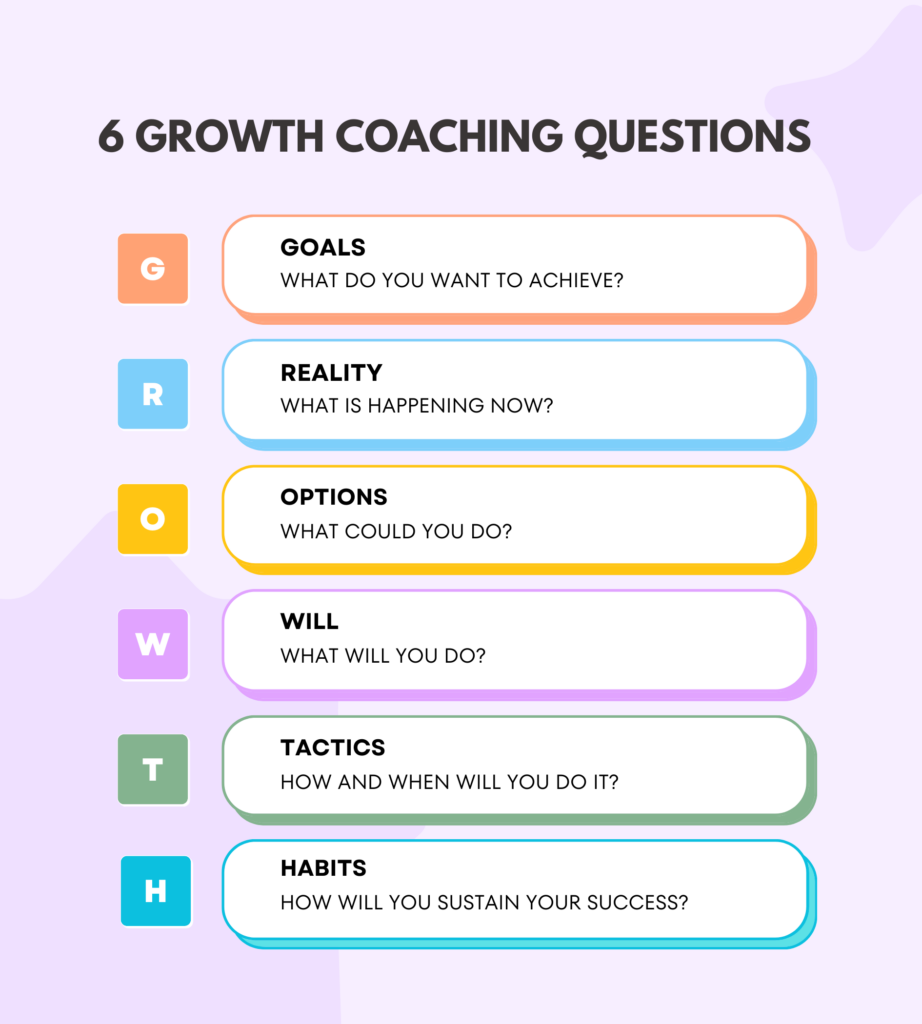Educators are buzzing around a new Kahoot and Quizziz-like tool available at no cost. This quiz website offers a host of features, the most important being that it doesn’t collect data. If you’ve used other quiz tools, you know data is collected about you and your students for their own use. ClassQuiz asserts that, unlike these other quiz tools, it doesn’t send information to third parties.
Let’s take a closer look at ClassQuiz to see what it can do. You will also see how it aligns with evidence-based instructional strategies as well as see new research updates about those strategies.
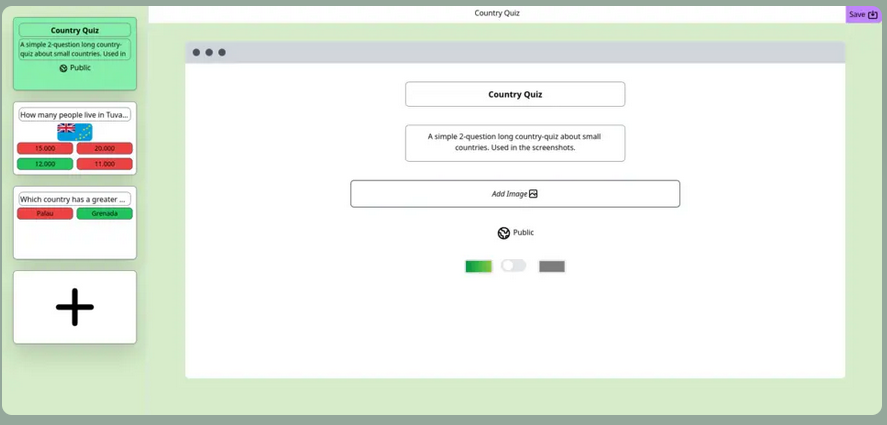
Git ClassQuiz
Unlike it’s commercial, closed-source competitors, ClassQuiz offers a GitHub website. That means that you could, if you chose, set up ClassQuiz internally in your own server farm. The benefit? You would have sensitive data under organizational control. This is like hosting your own WordPress or Moodle installation.
What Is ClassQuiz?
ClassQuiz works in a simple way. It allows you to take three primary actions:
- Create a quiz that allows the insertion of pictures/images
- Explore and find quizzes others have created
- Import quizzes from Kahoot! that you can then edit in ClassQuiz
As you might imagine, this import option gives you access to the content in a more established tool. Once the quiz has been set up, students select responses, view results, and see a leaderboard.
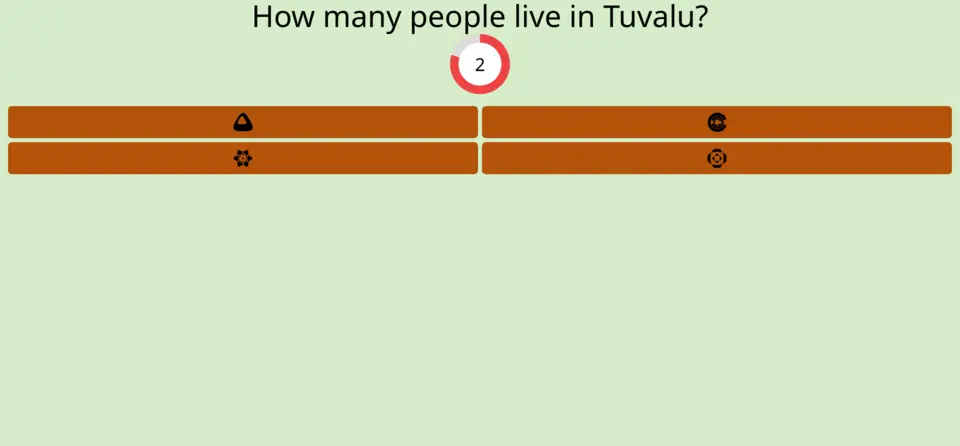
What Security Safeguards Does ClassQuiz Offer?
ClassQuiz boasts of the following features that safeguard student data:
- No tracking
- Self-hosting
- Cost-free
- Multilingual
- Dark mode
- Save quizzes
- Save quiz results
- Community-driven
Hot to Get a ClassQuiz Account
Getting an account is easy. Click on the Register button at the top left of the screen, then fill in your desired information, as shown below:
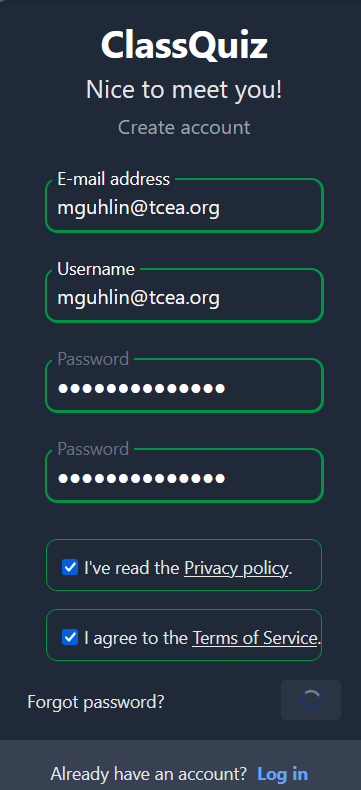
You will need to confirm your email address via an email in your inbox. Using your school district or organization email? Be sure to allow emails from classquiz@mawoka.eu.
Once you have a registered account, you can log in and get access to options that include create, import, results, settings, explore, and search.

How to Import a Kahoot!
You can import a Kahoot! by selecting Import, then pasting the link (a.k.a. URL) to a Kahoot! quiz into the box. To keep it simple, I found a Technology and Robots with Star Wars quiz on Kahoot. Note that I did not create the Kahoot! quiz, but I was still able to import it into ClassQuiz.
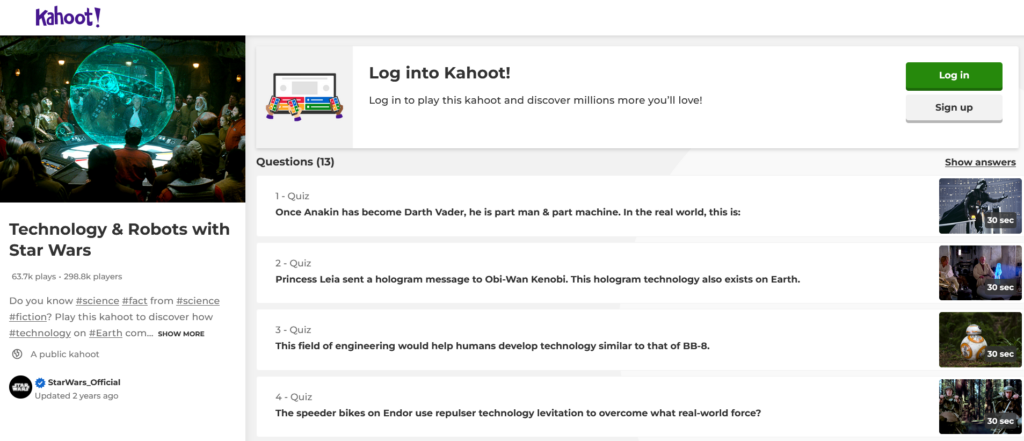
Here’s what the import process looks like in ClassQuiz:
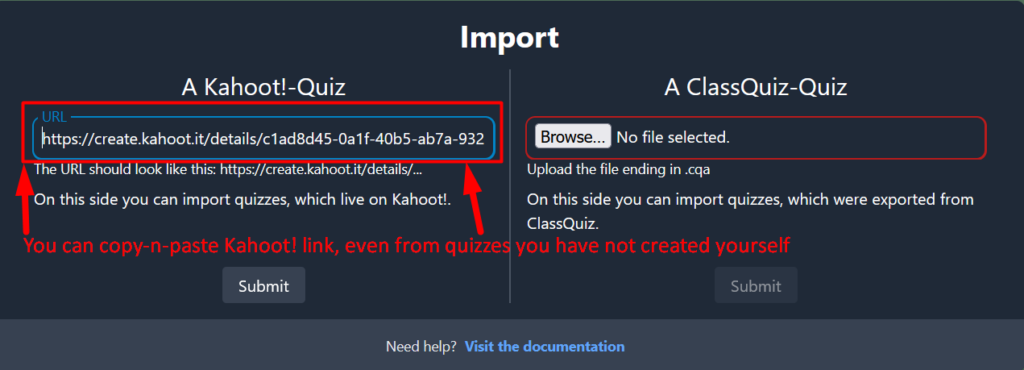
And once complete, the imported quiz appears in ClassQuiz ready to be edited, if needed:
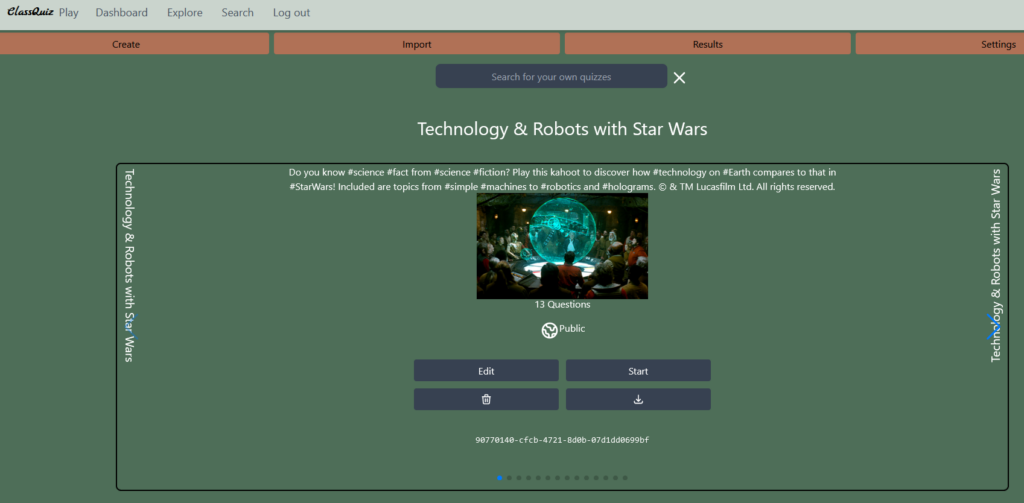
Two Strategies to Use with Digital Quiz Tools
Tools like Kahoot, Quizziz, and ClassQuiz offer educators access to digital quiz tools. Each of these tools can be useful for teachers and students. That’s because, when used in alignment with research, they can impact student achievement. How? Through the use of high-effect size instructional strategies.
Did You Know?
“When repetition leads to long-term memories, there are physical changes in the brain. Brain memories disappear very quickly unless they are repeated. Our brains are made up of billions of nerve cells or neurons, all connected together. We form memories when some of these pathways become strengthened by being repeatedly used. (Source: Mike Bell, The Fundamentals of Teaching)
Two powerful strategies can inform our use of quiz tools, like ClassQuiz. Those include:
- Rehearsal (d=0.73). This is a high-effect size strategy that accelerates student learning. It refers to mental techniques designed to help us remember information.
- It includes memorizing information through repetition. It can involve repeating information upon seeing a visual cue (like images or flashcards).
- What’s more, team competition as a rehearsal strategy works. That is, the teacher asks questions requiring rehearsed information. Students answer on their own to gain points for their team. (Learn more!)
- Retrieval Practice (d=0.46) is often referred to as Practice Testing.
- It is a way to support long-term information retention. It also assists learners in increasing access to the “to-be-remembered” information (source).
- This strategy can strengthen learning. It does so when the teacher or student draws out information through a variety of approaches. The information is “pulled out” of students’ brains when they are prompted to retrieve it. Example approaches include flashcards and low-stakes quizzes.
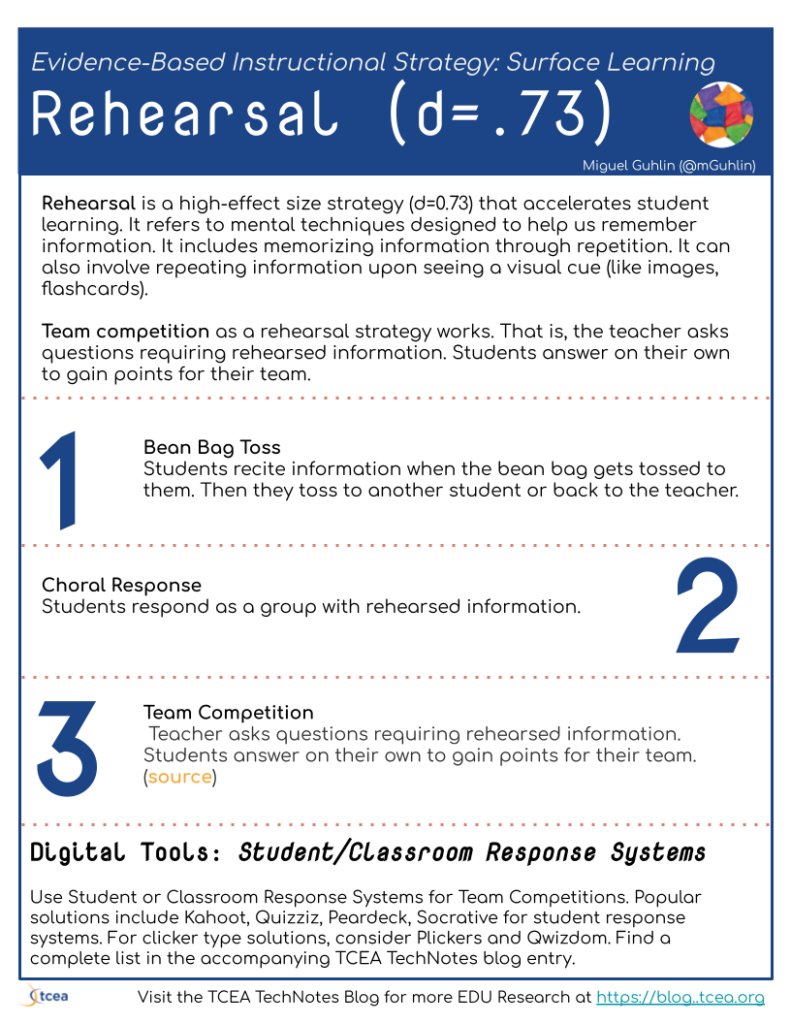
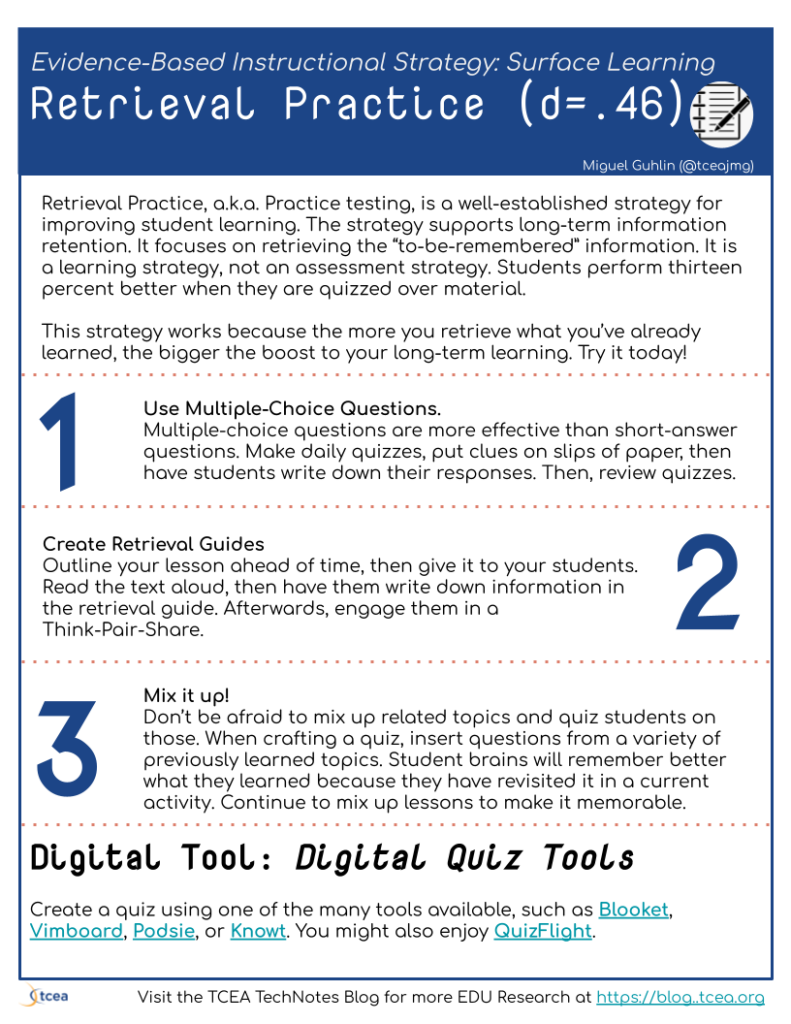
With these two strategies in mind, you can approach the use of ClassQuiz to see how effective it is.
If the rehearsal strategy relies on repetition through the viewing of visual cues, how does ClassQuiz work? You can create flashcards in ClassQuiz that feature images. Then, students can select responses to match.
Retrieval practice (or practice testing) relies on students retrieving information from their minds on cue. Low-stakes quizzes, entry/exit cards (a.k.a. bell ringers) work well in ClassQuiz.
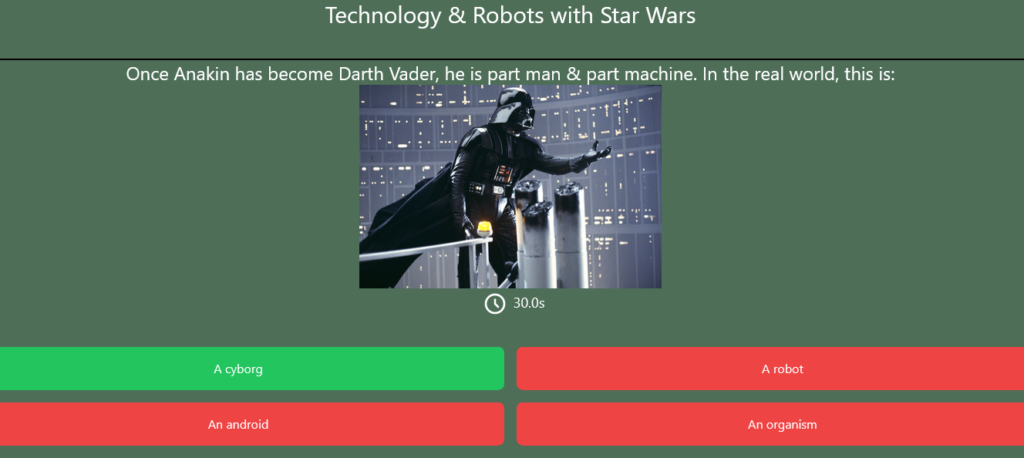
Shocking Research Update
A new study published in “Psychological Science in the Public Interest“ provides evidence that these strategies are ineffective:
- Re-reading
- Highlighting
- Mnemonics
Pretty shocking, no? If those strategies are ineffective, what strategies are MOST effective?
- Practice testing (d=0.46). This is defined as self-testing or taking practice tests on to-be-learned material (a.k.a. retrieval practice).
- Spaced vs Mass Practice (d=0.65). Implementing a schedule of practice that spreads out study activities over time (a.k.a. distributed practice).
- Interleaved practice (d=0.44). Implementing a schedule of practice that mixes different kinds of problems. Or, relies on a schedule of study that mixes different kinds of material within a single study session (source).
Whenever you see these three strategies, think of this diagram:
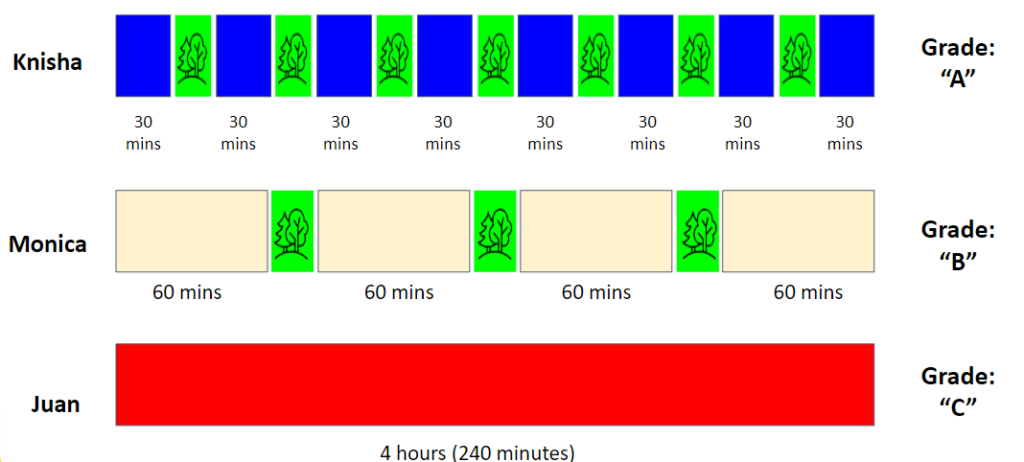
Leverage ClassQuiz for Effective Learning
Don’t be afraid to leverage ClassQuiz. It can enhance student use of effective learning strategies. This includes strategies like retrieval practice and rehearsal. Teaching students to engage in distributed and interleaved practice amplifies strategies’ effect. It can ensure long-term information retention beyond re-reading and highlighting.
Feature Image Source
Screenshot by author, ClassQuiz

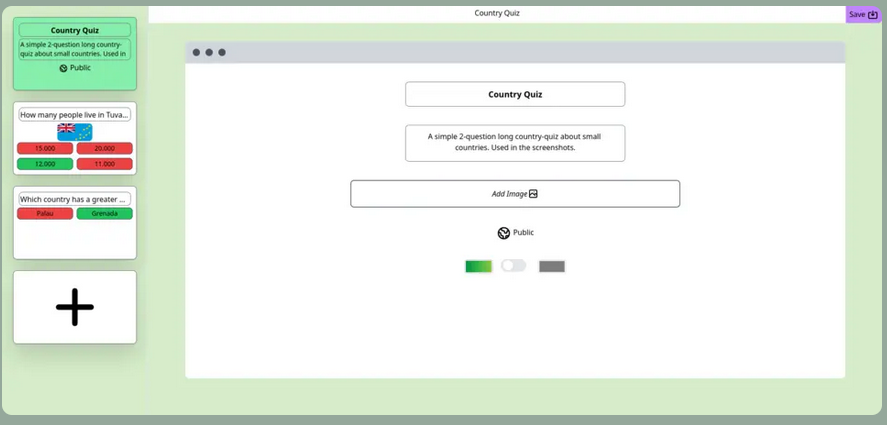
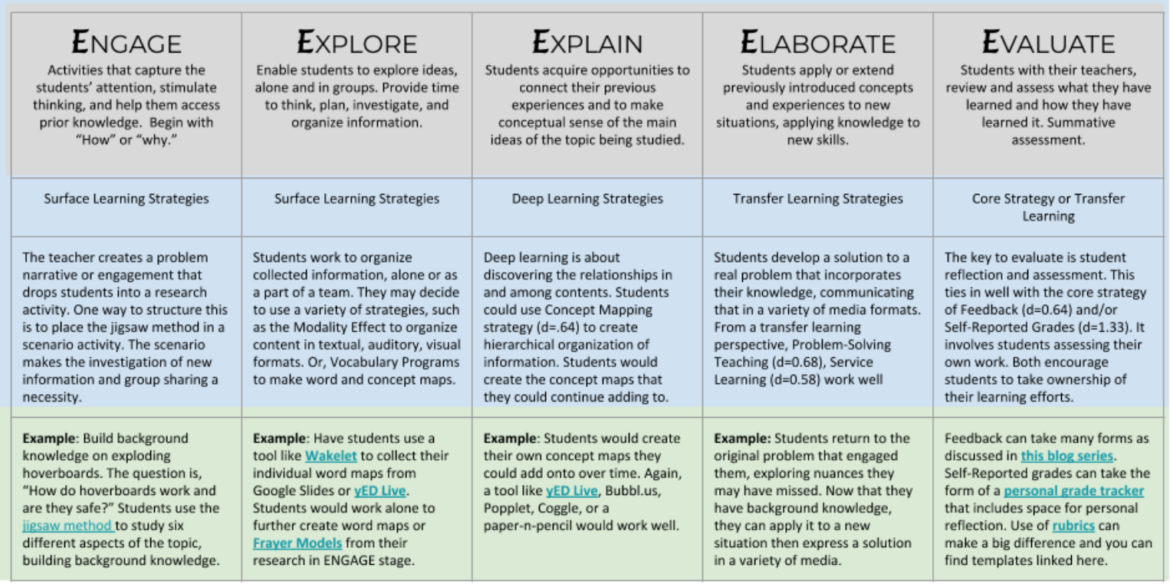

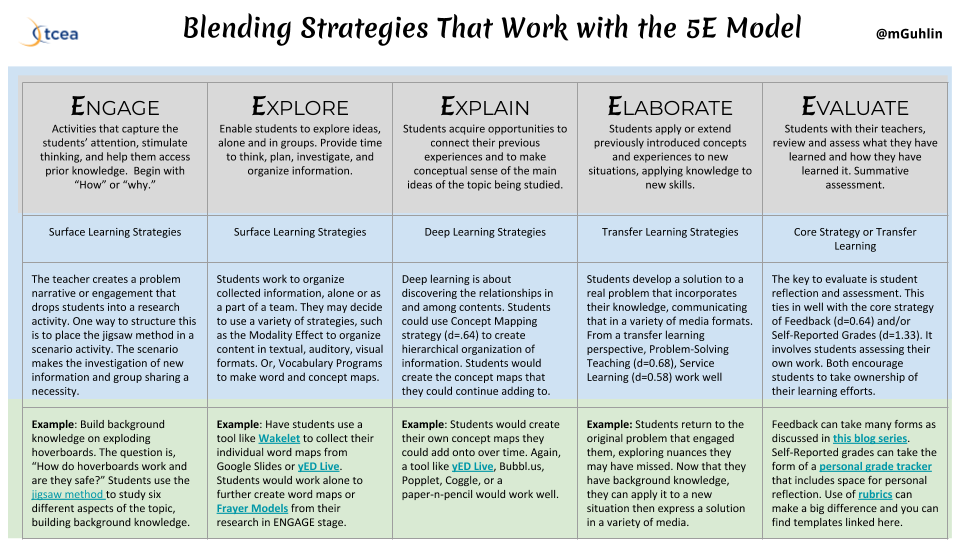


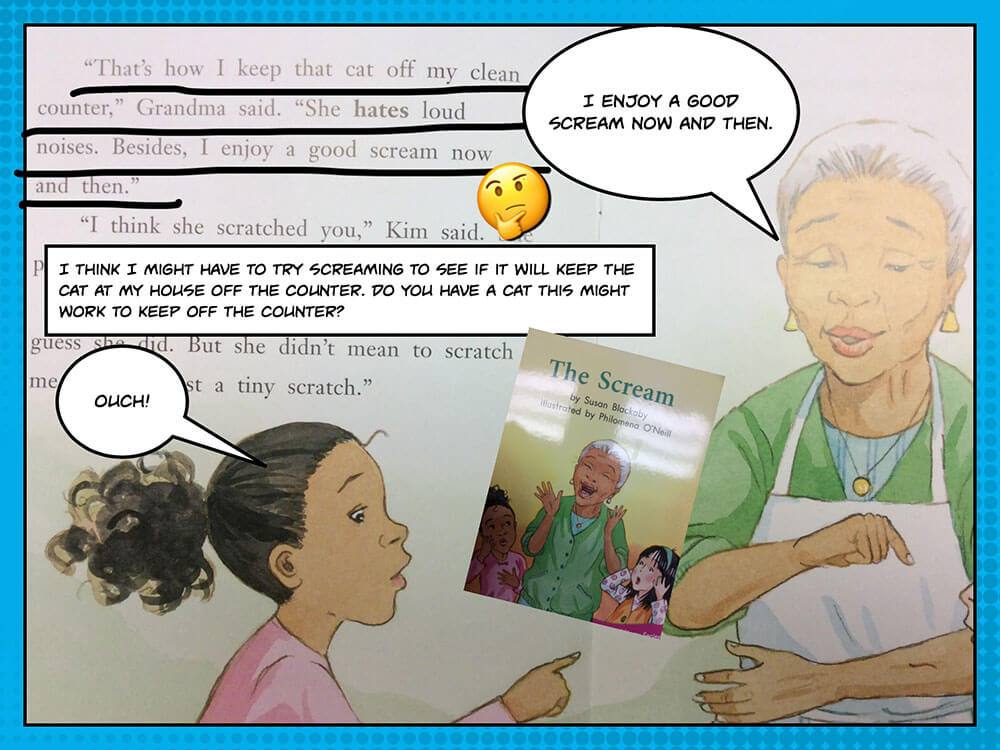


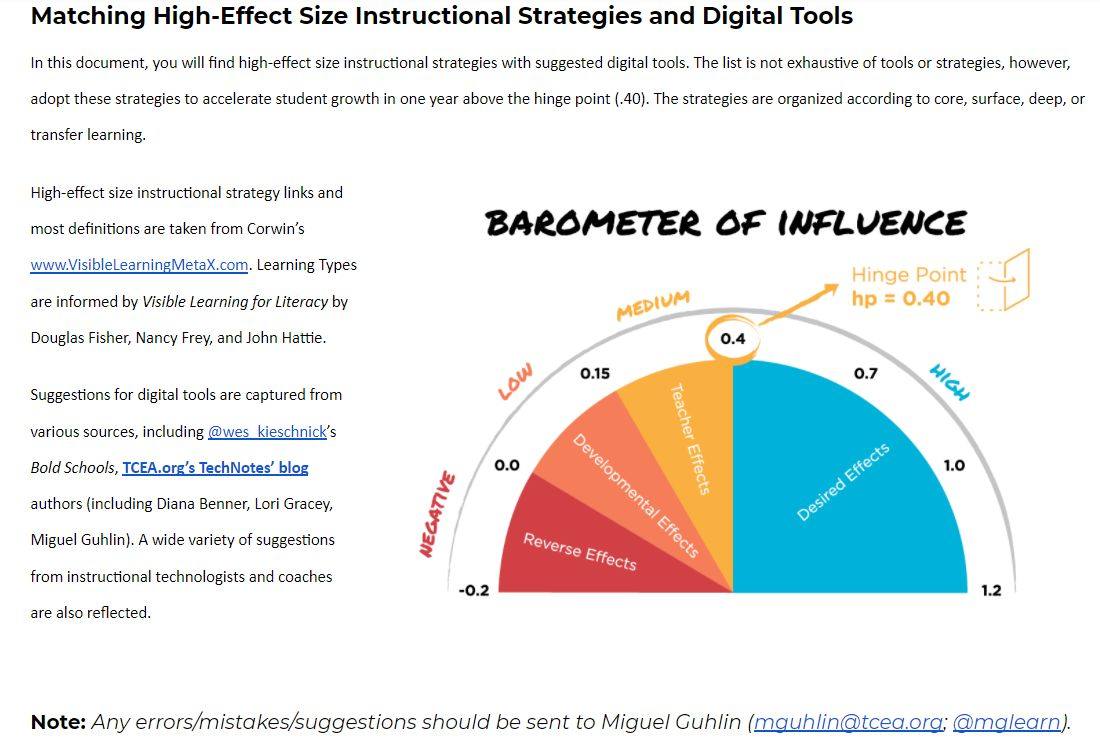
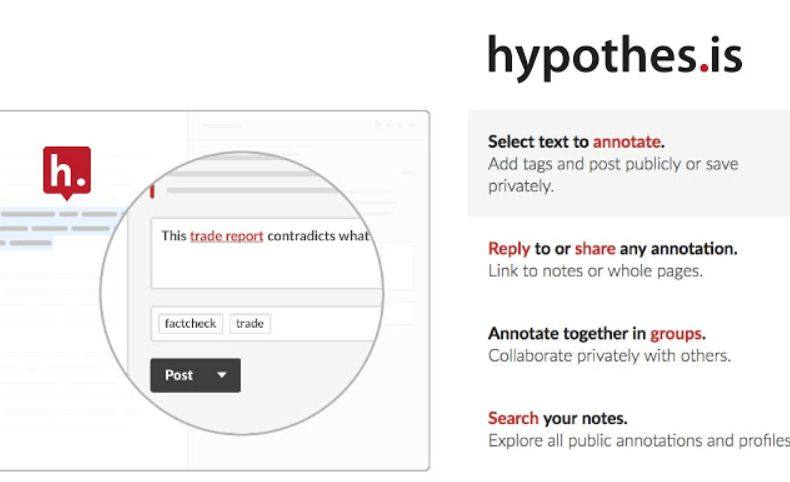
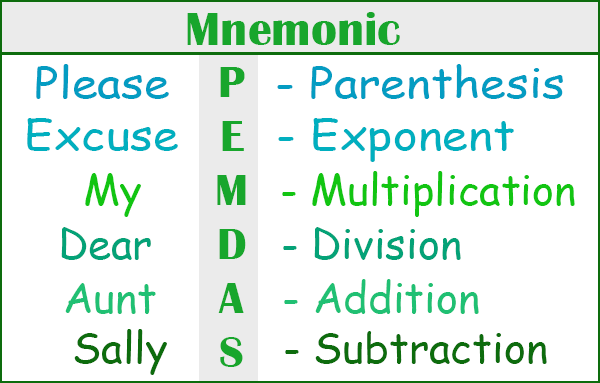

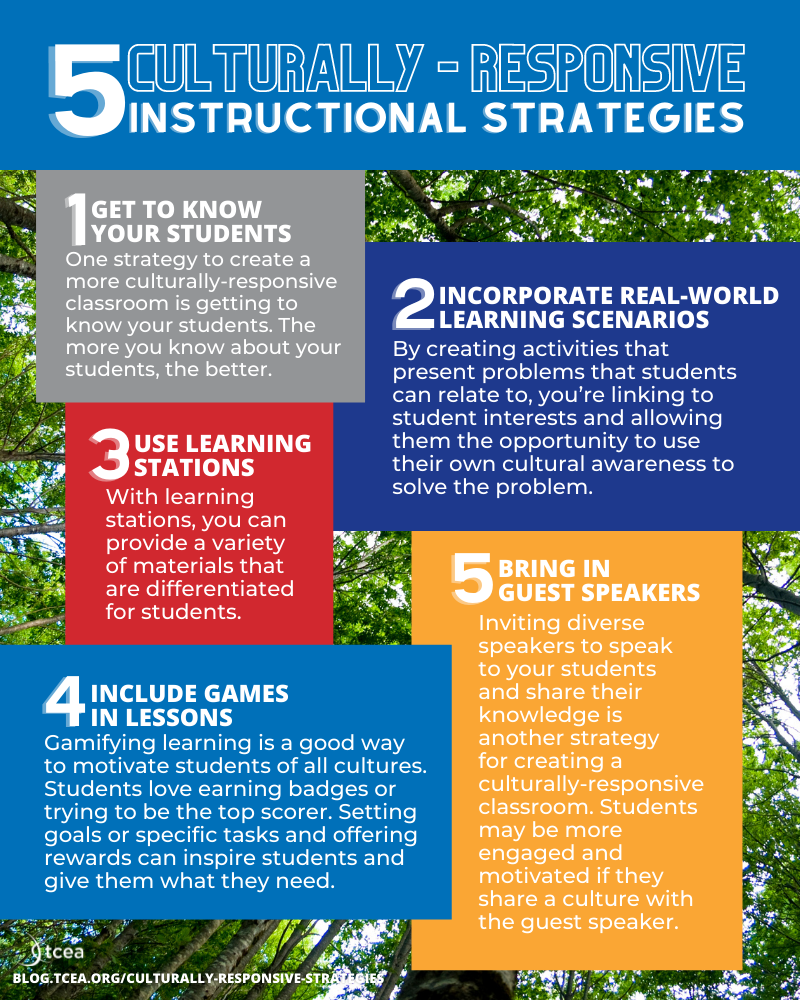

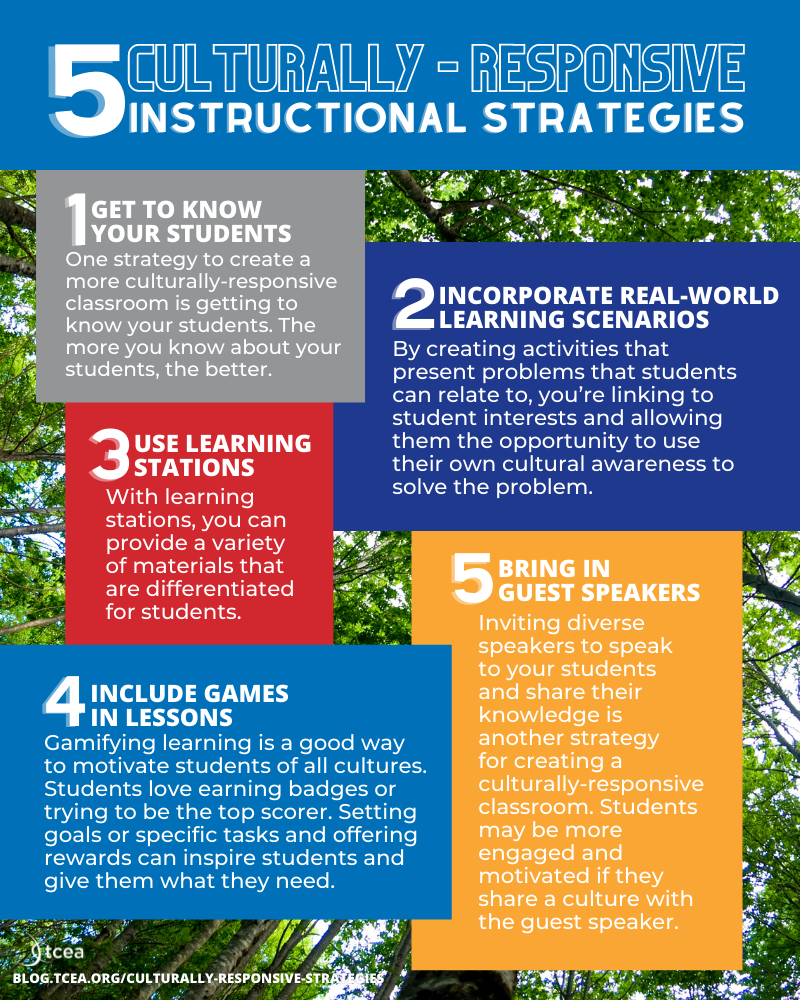

 Video Observation moves traditional classroom observation to a virtual context. Teachers capture and share classroom footage and then work independently or with peers to improve their instructional practices.
Video Observation moves traditional classroom observation to a virtual context. Teachers capture and share classroom footage and then work independently or with peers to improve their instructional practices.